Vector-Borne Diseases
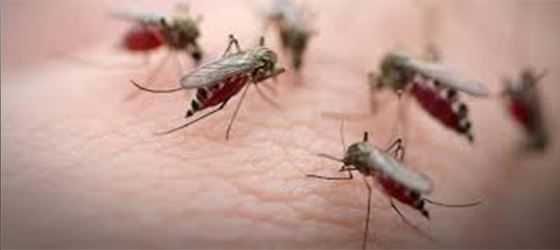
Vector-borne diseases are illnesses caused by vectors (pathogens and parasites) such as mosquitoes, ticks, triatomine bugs, sandflies, and blackflies in human populations. Distribution of these diseases is determined by a complex dynamic of environmental and social factors.
Characteristics of Vector-Borne Diseases
- High disease transmissibility
- Explosive, unpredictable spread of disease
- Resilient to control and prevention because of vector’s small size and sheer numbers.
- Larger range versus diseases that require direct contact
Important Vector-Borne Diseases and their Symptoms
Malaria
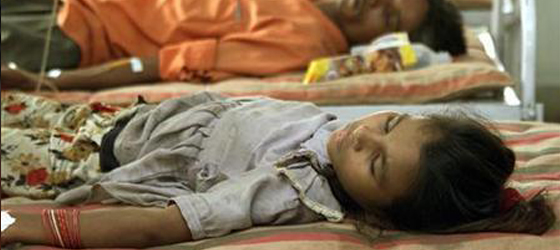
Malaria is caused by the bites of an infected female Anopheles mosquito (malaria vectors), which then infects the body with the parasite Plasmodium. When an infected mosquito bites a human host, the parasite enters the bloodstream and lays dormant within the liver. The parasite will then begin multiplying asexually.
Symptoms

- Fever and chills
- Impaired consciousness
- Prostration
- Multiple convulsions
- Deep breathing and respiratory distress
- Anemia
- Clinical jaundice and evidence of vital organ dysfunction.
Tests and Diagnosis
Blood tests can show the presence of the parasite and help tailor treatment by determining:
- Whether you have malaria
- Which type of malaria parasite is causing your symptoms
- If your infection is caused by a parasite resistant to certain drugs
- Whether the disease is affecting any of your vital organs
Some blood tests can take several days to complete, while others can produce results in less than 15 minutes.
Prevention
The best way to prevent malaria infection is through the regular use of long-lasting insecticidal nets, indoor spraying of homes with residual insecticides, and the use of WHO-recommended preventive therapies.
Dengue Fever

Dengue fever, also known as breakbone fever, is a mosquito-borne (Aedes Aegypti) infection that causes a severe flu-like illness. There are four different viruses that can cause dengue fever, all of which spread by a certain type of mosquito. When a mosquito bites a person infected with a dengue virus, the virus enters the mosquito. When the infected mosquito then bites another person, the virus enters that person's bloodstream.
Symptoms
- Sudden - onset of high fever (104 °F)

- Headache
- Pain behind eyes
- Mouth and nose bleeding
- Swollen glands
- Muscle and joint pains
- Vomiting
- Rash
- Diarrhea
Diagnosis and Treatments
The signs and symptoms of dengue fever are similar to some other diseases, such as typhoid fever or malaria, which can sometimes complicate the chances of a prompt and accurate diagnosis.
- Assess the symptoms
- Blood sample
- Assess your medical history
For milder forms of dengue fever the treatment methods are:
- Prevent dehydration
- Painkillers
For more severe forms of dengue fever are:
- Intravenous fluid supplementation (IV drip)
- Blood transfusion
Prevention
The only method to reduce the transmission of dengue virus is to control vector mosquitoes and protect against mosquitoes bites.
Chikungunya
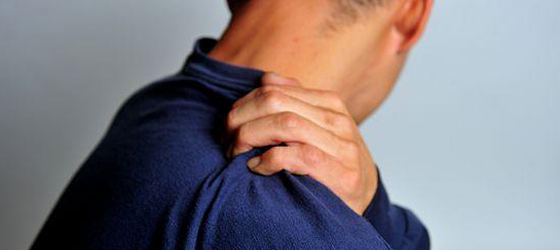
Chikungunya is a viral tropical disease transmitted also by Aedes mosquitoes.
The disease has been found in Africa, Asia, and on islands in the Caribbean, Indian and Pacific Oceans.
Symptoms
- Acute illness with fever, skin rash and incapacitating joint pains that can last for weeks.
- Most patients recover fully but, in some cases, joint pain may persist for several months or even years.
Prevention
The only method to reduce transmission of chikungunya virus is to control vector mosquitoes and protect against mosquitoes bites.
Yellow Fever

Yellow fever is an acute viral haemorrhagic disease transmitted by Aedes mosquitoes. The “yellow” in the name refers to the jaundice that affects some patients.
The virus that causes yellow fever is endemic in tropical areas of Africa and Latin America
Symptoms
- Fever
- Muscle pain with prominent backache
- Headache
- Shivers
- Loss of appetite
- Nausea or vomiting
Most patients improve and their symptoms disappear after 3 to 4 days.
But some patients can enter a second stage, more toxic phase within 24 hours of the initial remission. High fever returns and several body systems are affected. The patient rapidly develops jaundice and complains of abdominal pain with vomiting and internal bleeding. Half of these patients die within 10 to 14 days.
Prevention
There is no specific treatment for yellow fever, only supportive care to treat dehydration, respiratory failure and fever. Otherwise,vaccination is the most important preventive measure.
Japanese encephalitis
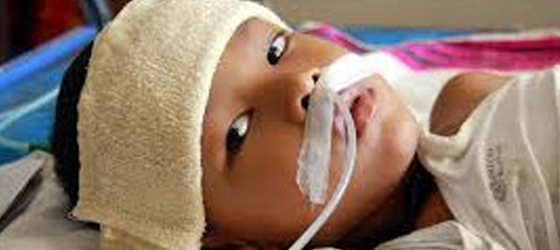
Japanese encephalitis virus is transmitted to humans through infected Culex mosquitoes.The virus is transmitted between mosquitoes, in particular Culex tritaeniorhynchus, and animals such as pigs and wading birds.
Symptoms
Most human infections are asymptomatic or result in only mild symptoms.
Some infected people may develop -
- Inflammation (swelling) of the brain (encephalitis)
- Sudden onset of headache
- High fever
- Confusion
- Coma
- Tremors
- Convulsions
Prevention
The vaccine against Japanese encephalitis is the single most effective preventive measure against this disease.
Lymphatic Filariasis
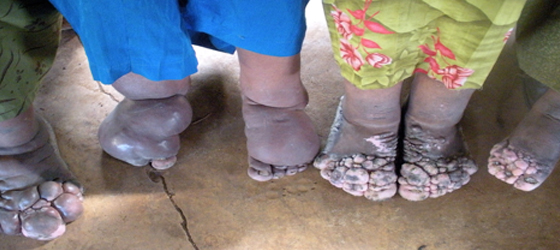
Infection with lymphatic filariasis, commonly known as elephantiasis, occurs when thread-like, filarial parasites are transmitted to humans by different types of mosquitoes.
Cause
Microscopic parasitic worms lodge in the lymphatic system and disrupt the immune system. They live for 6–8 years and, during their lifetime, produce millions of microfilariae (tiny larvae) that circulate in the blood.
Swelling can occur in the arms, legs and chest, but also in the genital areas such as the scrotum and penis, where it is very painful. Left untreated, the disease can progress into a hardening and scarring of the tissues of the legs called elephantiasis. This is due to both the buildup of lymph fluid and the impaired ability of the lymph to fight infections, leaving affected people more susceptible to germs and bacteria.
Symptoms
- Flu-like symptoms
- Fever
- Vomiting
- Lymphedema, or swelling of tissues
Treatment
Medicines are needed to clear the parasites from the bloodstream. Interruption of transmission of infection can be achieved if at least 65% of the population at risk is treated over 5 years.
Prevention
Mosquito control through preventive measures such as insecticide-treated nets or indoor residual spraying may help protect people from infection. In some settings, vector control in the absence of preventive medicines has eliminated lymphatic filariasis.
Copyright©2015 Amrita CREATE All Rights Reserved

 Learn
Learn
 Practice
Practice
 Offline
Offline


 Tools
Tools


